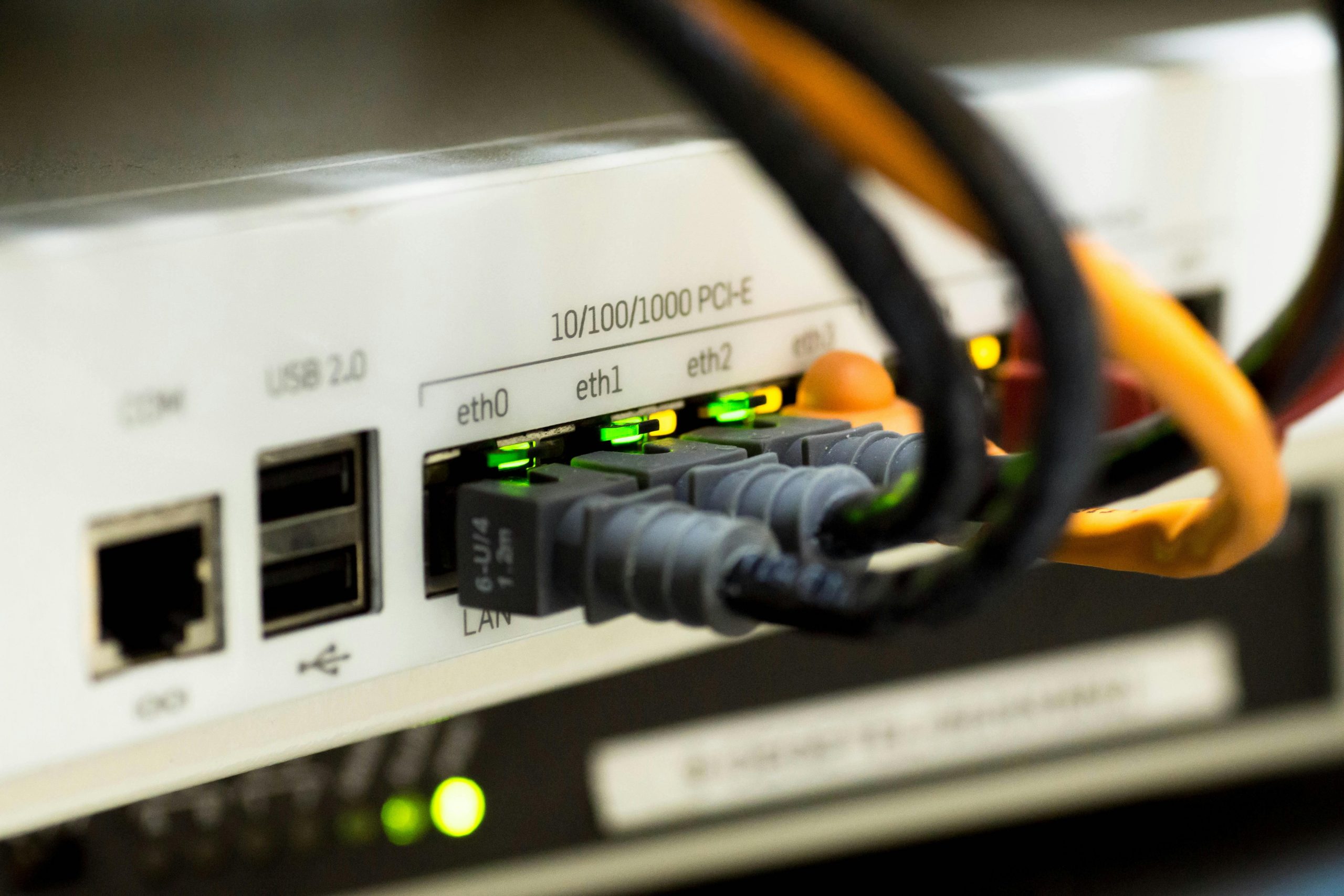Is My Home Network Really Affecting My Neighborhood’s Internet? A Tech’s Dilemma
Recently, I received an unexpected phone call from my Internet Service Provider, raising some intriguing questions about my home network setup. A technician expressed the need to visit my house, claiming that my configuration was somehow impacting the network performance for others in my area. As both an IT technician and a web developer, I found this request puzzling.
To provide some context, I’m utilizing a cable internet connection with the ISP’s provided modem connected to an Archer C7 router. My setup is quite straightforward — I have just one ethernet cable running to a physical PC and a Linksys Powerline adapter also attached to the router, while the remainder of my devices connect via Wi-Fi. Given the simplicity of this arrangement, I was uncertain how it could disrupt the broader network.
The legitimacy of the call was confirmed, as the technician’s number matched the official contact line of my ISP. However, I still couldn’t wrap my head around how my setup could create problems, especially without the capability to create a loop in their Virtual Local Area Networks (VLANs) or any similar complexities.
To alleviate my concerns, I began contemplating what could potentially cause issues in a generally simple network like mine. Was my equipment somehow incompatible, or could external factors be contributing to the reported network disturbances?
In a surprising turn of events, after a brief inspection, we discovered that the coaxial cable connection was the culprit. Simply moving the coax cable about two inches and tightening the connector resolved the issue entirely. Not only that, but I also noticed an impressive 10% increase in performance across various speed tests.
This experience has highlighted that even minor physical adjustments in networking equipment can lead to significant improvements and avoid complications for both individual users and the community at large. If you ever find yourself in a similar situation, don’t underestimate the power of a good cable connection!
Share this content:




Hi! Based on your description, it’s understandable to feel puzzled about the technician’s request, especially given your straightforward setup. Generally, home networks like yours, with a single modem and router, are unlikely to impact your neighbors’ internet performance significantly, unless there are faulty physical connections or interference issues.
Since the technician confirmed the call’s legitimacy and your setup is simple, the most plausible cause of network issues could be a loose or damaged coaxial cable connection, as you experienced. Physical connectors play a crucial role in maintaining stable signals, and even minor adjustments like tightening or repositioning the coax cable can drastically improve signal quality and network reliability.
In terms of your ISP’s concerns, they typically only intervene if there’s evidence of equipment causing interference or if their network requires physical or configuration adjustments for optimal performance. It’s unlikely that a household setup with standard equipment would affect the broader network unless there’s a fault or deliberate interference.
If your ISP continues to express concerns, you might want to request a technician to verify all physical connections and perhaps perform some basic line tests. Ensuring your coaxial cable connectors are properly tightened and the cable is undamaged is a good practice to prevent future issues. Additionally, consider using quality cables and connectors to maintain optimal signal integrity.
Feel free to reach out to your ISP for specific diagnostics if needed, and always remember that proper physical connections are fundamental to stable internet service. Glad to hear